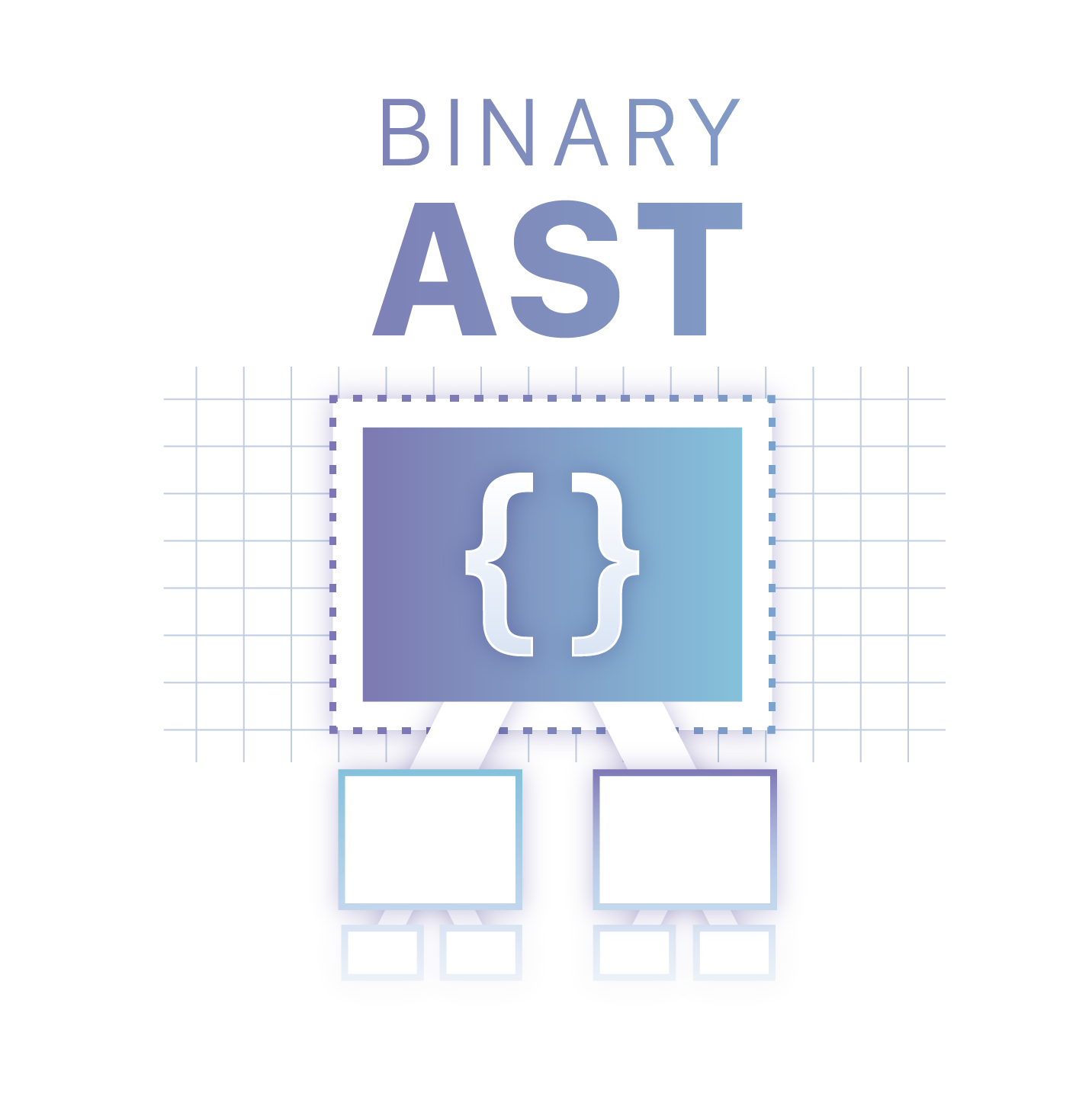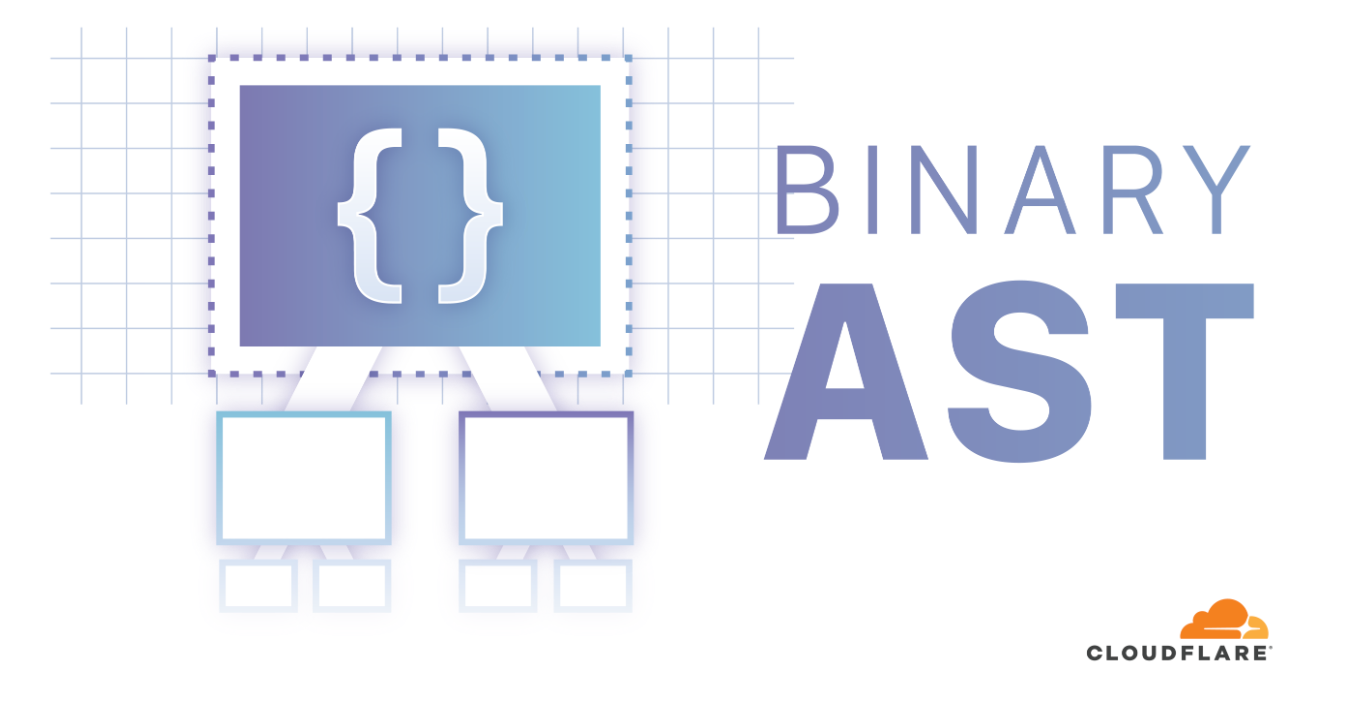Project EVE Seed Code Drops, Creates Virtualization Standard for Edge Devices
 LF Edge announced the Edge Virtualization Engine (EVE) as a new open source project when it...
LF Edge announced the Edge Virtualization Engine (EVE) as a new open source project when it...
ngrok on Cumulus Linux
If you’ve landed on this page, you likely already have a good idea of what ngrok is and what it does. For those that don’t, the reader’s digest version is that it’s a simple way to securely tunnel to a device that sits behind a firewall/NAT device. It’s a slick implementation that is easy to install and allows a few different tunneling options. For the purpose of this blog, we’re using ssh and eliminating the need for port forwarding on the firewall.
Here are step-by-step instructions for turning up ngrok ssh services on Cumulus Linux. Note that these instructions work on the default VRF. You’ll need to take additional configuration steps to get this to work on Cumulus Linux with mgmt VRF enabled.
First, install the unzip package from the repo

Then wget the ngrok application, or optionally add the appropriate repo to your /etc/apt/sources.list and use apt to pull the package. You’ll obviously want to find the appropriate package for your switch (x86 or ARM).
If you don’t know the download link, navigate to https://dashboard.ngrok.com/get-started and copy the link address on the web link of the download section (right click the download link to snag the Continue reading
SDxCentral Weekly Wrap: Thrangrycat Attacks Cisco Switches, Routers, Firewalls
 SDxCentral Weekly Wrap for May 17, 2019: Flaws found in Cisco switches, routers, and firewalls;...
SDxCentral Weekly Wrap for May 17, 2019: Flaws found in Cisco switches, routers, and firewalls;...
Open19 Hardware in PoCs With ‘Mega Data Center Operators’
 Open19 Foundation President Yuval Bachar kicked off the second annual summit by declaring that...
Open19 Foundation President Yuval Bachar kicked off the second annual summit by declaring that...
History of Networking: Pseudowires
In this episode of the History of Networking, Donald Sharp and I talk to Luca Martini about the origins of pseudowires—one of the more interesting innovations in the use of MPLS.
Outro Music:
Danger Storm Kevin MacLeod (incompetech.com)
Licensed under Creative Commons: By Attribution 3.0 License
http://creativecommons.org/licenses/by/3.0/
Short Take – Peering and Resources in the DFZ
In this Network Collective Short Take, Russ White and Tom Ammon talk through different types of Internet peering and how they are used.
The post Short Take – Peering and Resources in the DFZ appeared first on Network Collective.
Telefónica Takes AURA AI Program to More Markets
 The “cognitive intelligence” platform was developed with Microsoft as a way to use AI to help...
The “cognitive intelligence” platform was developed with Microsoft as a way to use AI to help...
You Don’t Want To Be A Rock Star

When I say “rock star”, you probably have all kinds of images that pop up in your head. Private planes, penthouse suites, grand stages, and wheelbarrows full of money are probably on that list somewhere. Maybe you’re a purist and you think of someone dedicated to the craft of entertaining the masses and trying to claw their way to fame one note at a time. But I’m also sure in both of those cases you also think about the negative aspects of being a rock star. Like ego. And lack of humility. I want to touch on some of that as it pertains to our jobs and our involvement in the community.
Great Like Elvis. Without The Tassels.
The rock star mentality at work is easy to come by. Perhaps you’re very good at what you do. You may even be the best at your company or even at the collection of companies that are your competitors. You’re the best senior architect there is. You know the products and the protocols and you can implement a complex project with your eyes closed. That’s how people start looking at you. Larger than life. The best. One of a kind.
And that Continue reading
Heavy Networking 450: Getting To Know The Open-Source VyOS Network OS
Today's Heavy Networking digs into VyOS, an open-source, Linux-based network OS for routing. Forked from the Vyatta Core, VyOS includes a full routing stack and features including firewalling, VPN, and more. Guest Yuriy Andamasov, the project coordinator, gives us a guided tour.
The post Heavy Networking 450: Getting To Know The Open-Source VyOS Network OS appeared first on Packet Pushers.
Faster script loading with BinaryAST?

JavaScript Cold starts

The performance of applications on the web platform is becoming increasingly bottlenecked by the startup (load) time. Large amounts of JavaScript code are required to create rich web experiences that we’ve become used to. When we look at the total size of JavaScript requested on mobile devices from HTTPArchive, we see that an average page loads 350KB of JavaScript, while 10% of pages go over the 1MB threshold. The rise of more complex applications can push these numbers even higher.
While caching helps, popular websites regularly release new code, which makes cold start (first load) times particularly important. With browsers moving to separate caches for different domains to prevent cross-site leaks, the importance of cold starts is growing even for popular subresources served from CDNs, as they can no longer be safely shared.
Usually, when talking about the cold start performance, the primary factor considered is a raw download speed. However, on modern interactive pages one of the other big contributors to cold starts is JavaScript parsing time. This might seem surprising at first, but makes sense - before starting to execute the code, the engine has to first parse the fetched JavaScript, make sure Continue reading
Programmable Packet Forwarding Pipelines Using P4 on Software Gone Wild
Every time a new simple programming language is invented, we go through the same predictable cycle:
- Tons of hype;
- Unbounded enthusiasm when people who never worked in target environment realize they could get something simple done in a short time;
- Ever-worsening headaches as the enthusiasts try to get a real job done with the shiny new tool;
- Disappointment;
- A more powerful language is invented to replace the old one.
A few years ago we experienced the same cycle when OpenFlow was the-one-tool-to-bind-them all.
Read more ...IPv6 Buzz 026: MAP-T And Happy Eyeballs With Andrew Yourtchenko
The IPv6 Buzz crew talks MAP-T, MAP-E and Happy Eyeballs with Andrew Yourtchenko, co-author of the original Happy Eyeballs RFC. We discuss the role of Happy Eyeballs given current rates of IPv6 adoption, the differences between MAP-T and MAP-E, and more.
The post IPv6 Buzz 026: MAP-T And Happy Eyeballs With Andrew Yourtchenko appeared first on Packet Pushers.